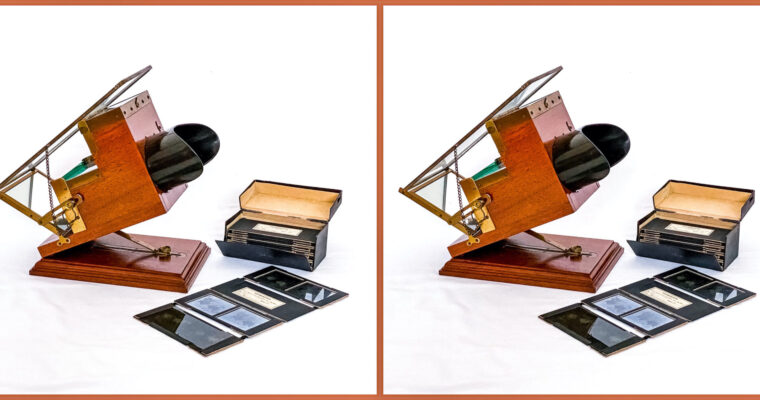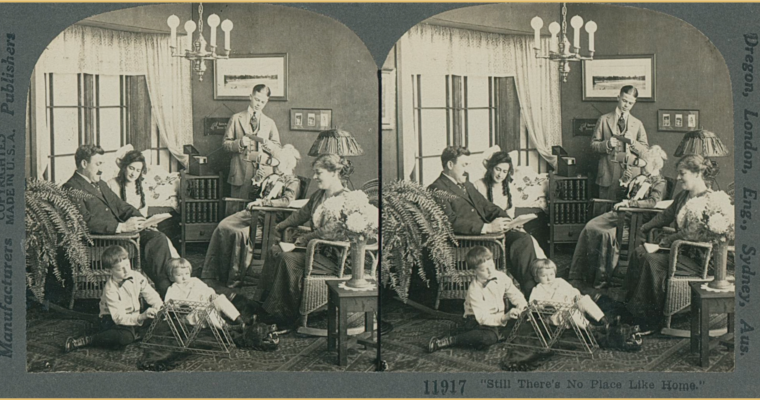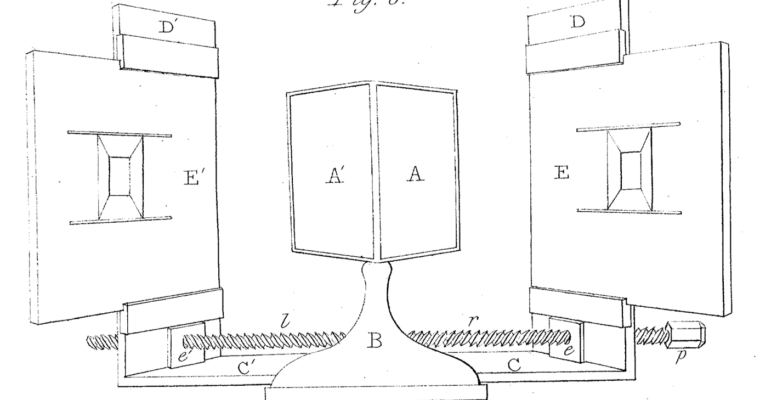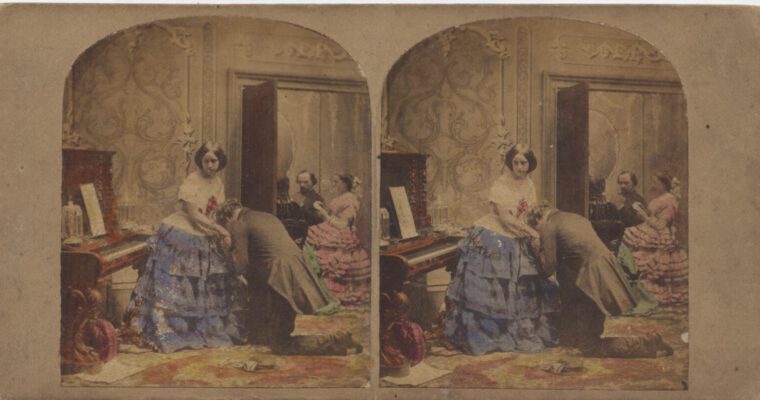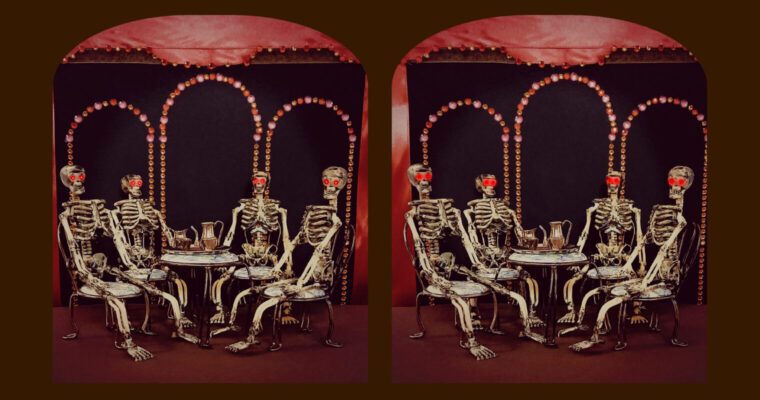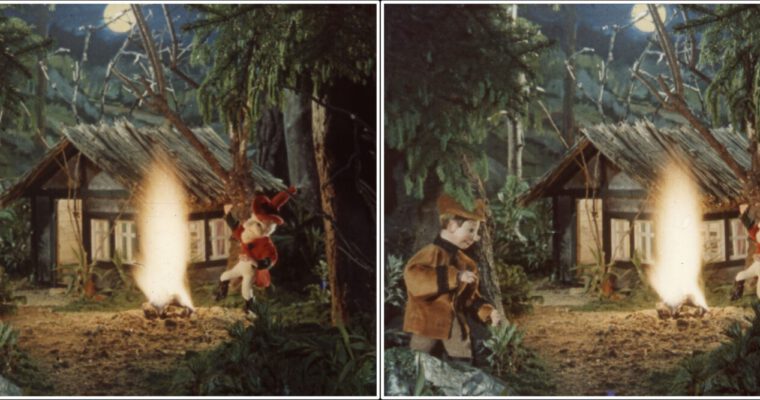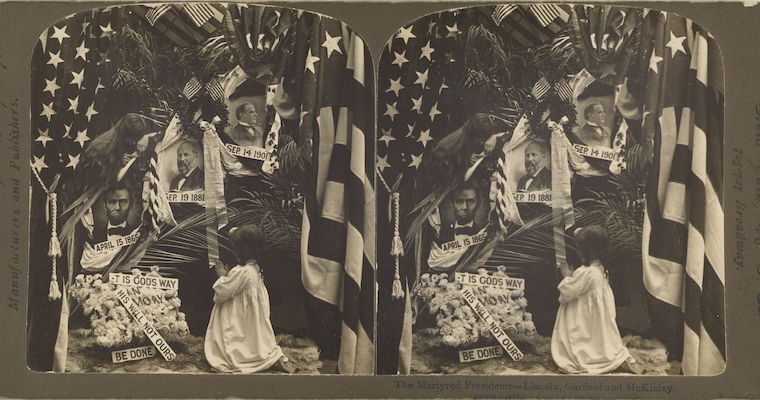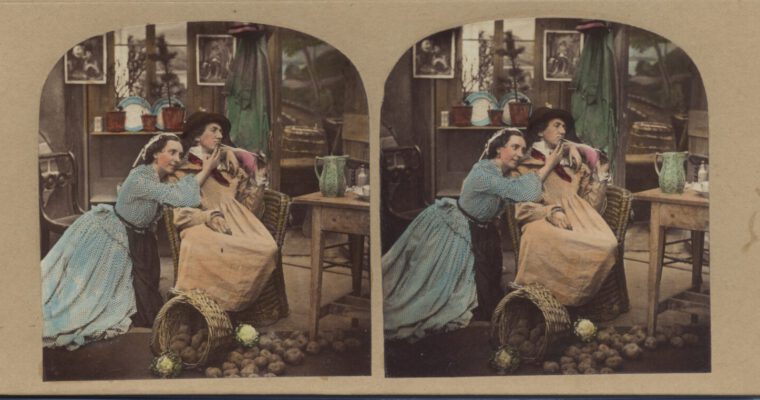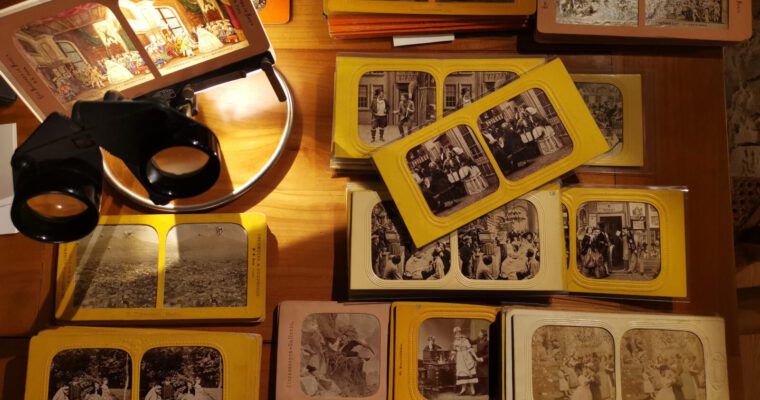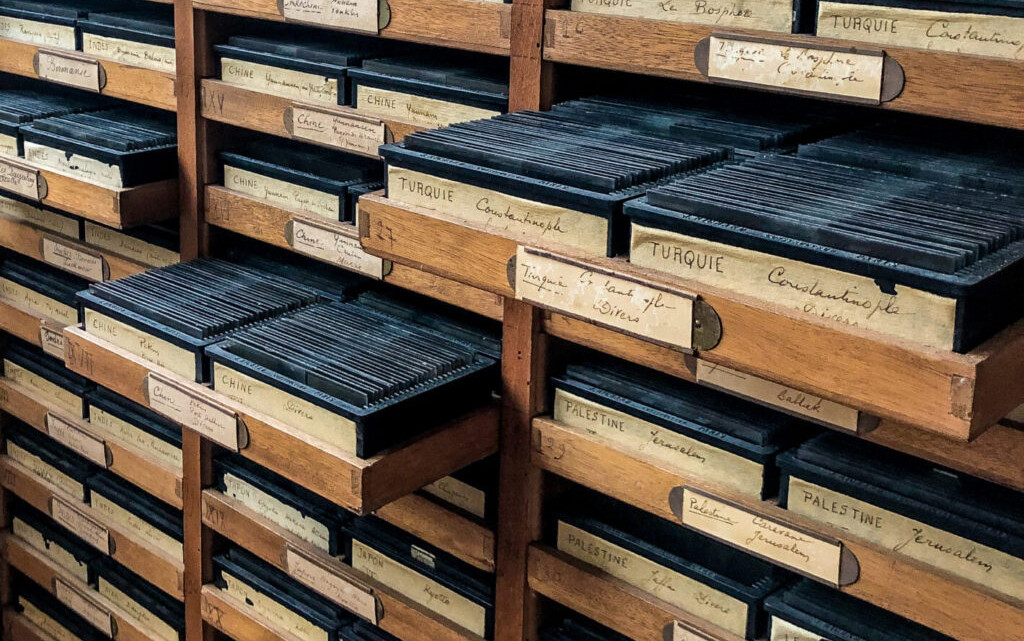
Antique stereoviews are your ticket to time travel, and can tell great stories from the past! Looking at a vintage card through your stereoscope, you can step right into the scene and imagine how things must have been for people in a particular era. The popularity of this medium in the 19th and early 20th century now allows us to view history via this immersive medium. This section is devoted to the magic of antique stereo-photographs. Learn all about the do’s and don’ts of collecting antique stereoviews, and building a well curated collection of your own here. We will also periodically share stereoviews that are part of private collections.

